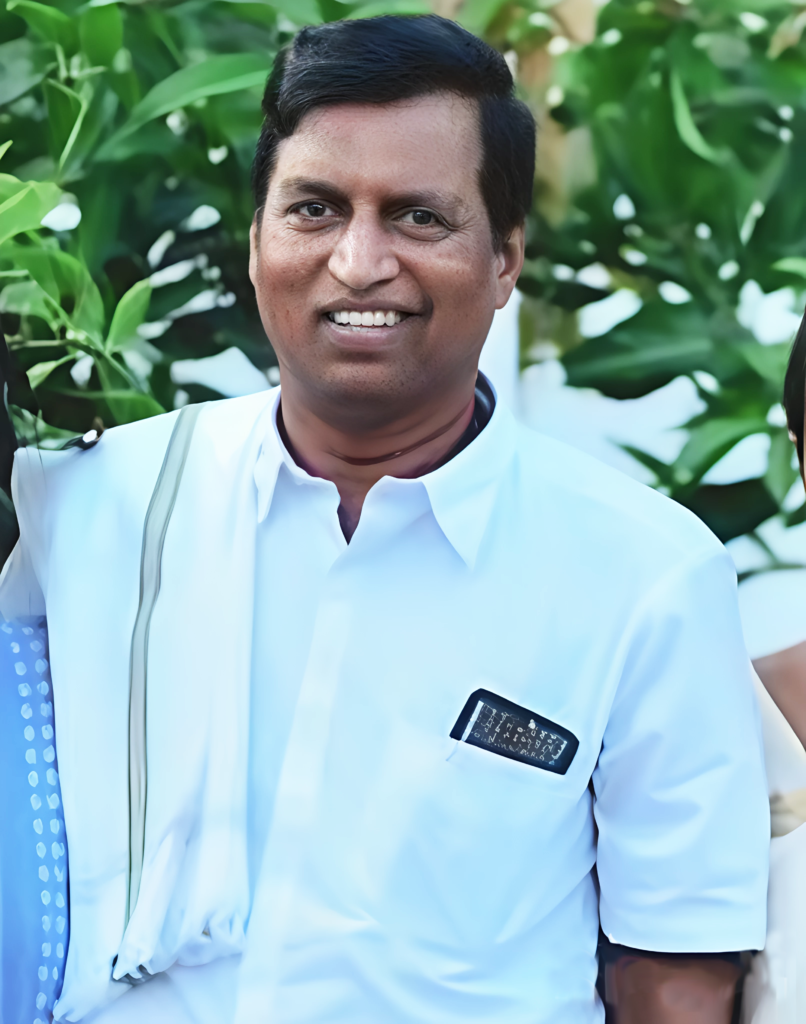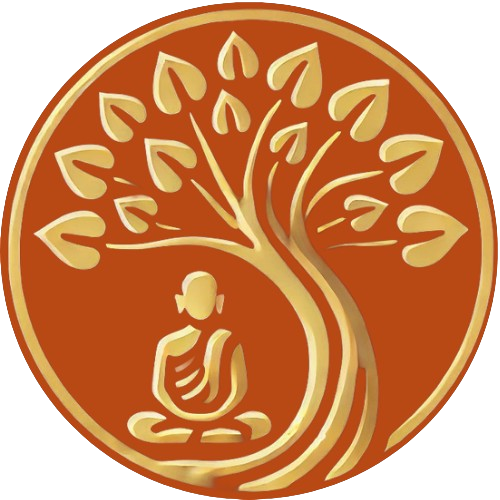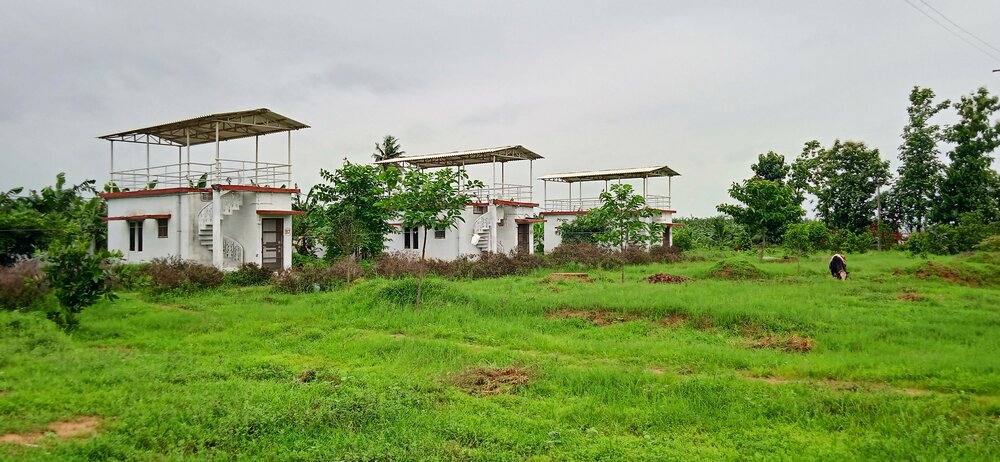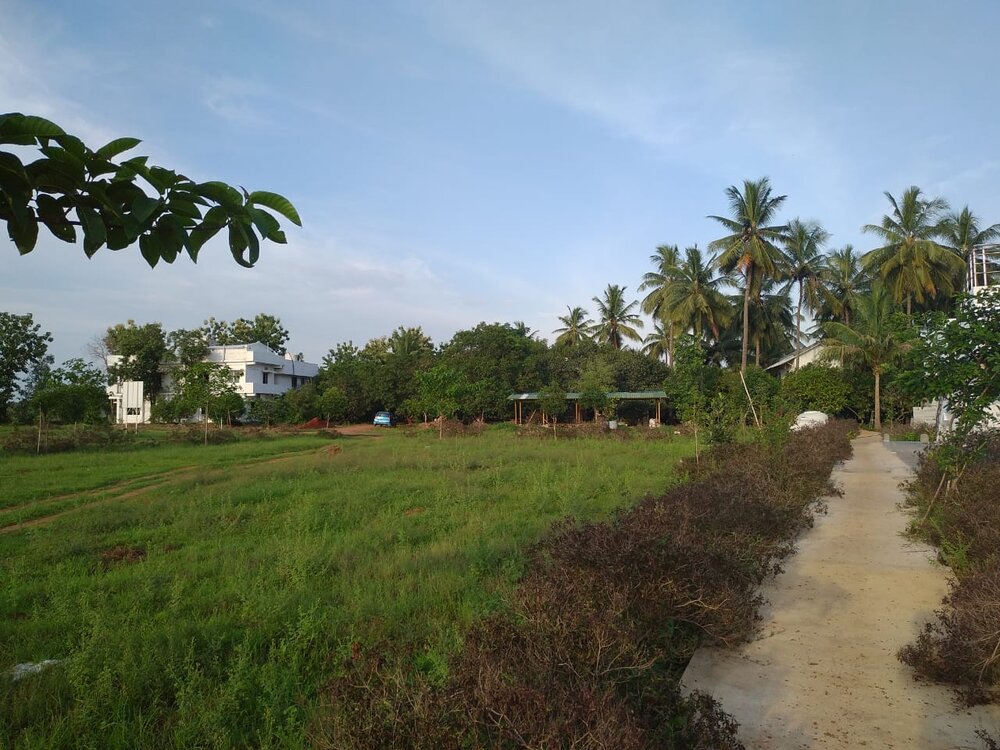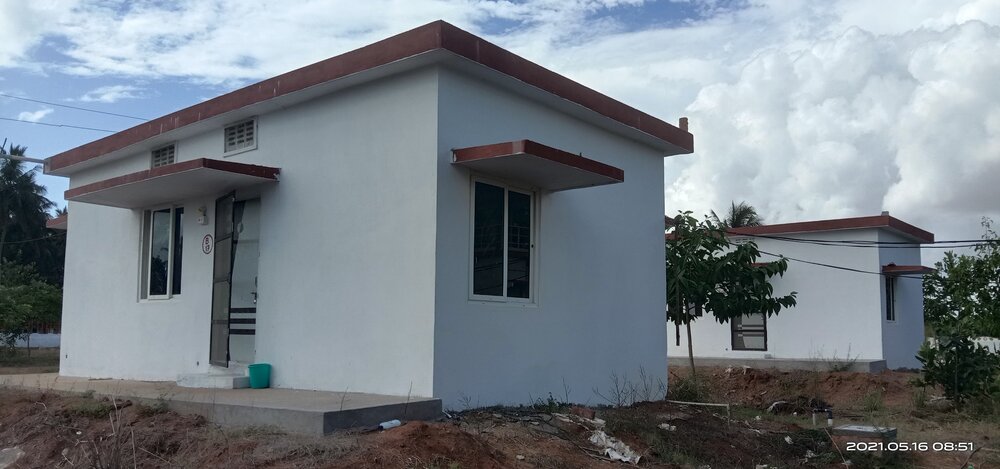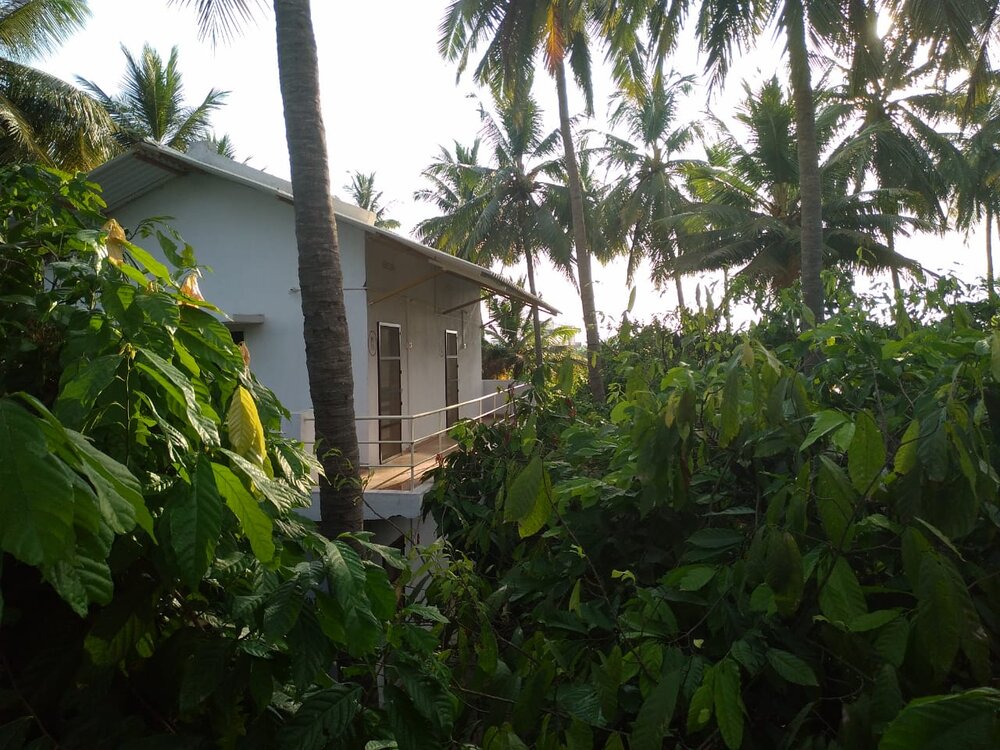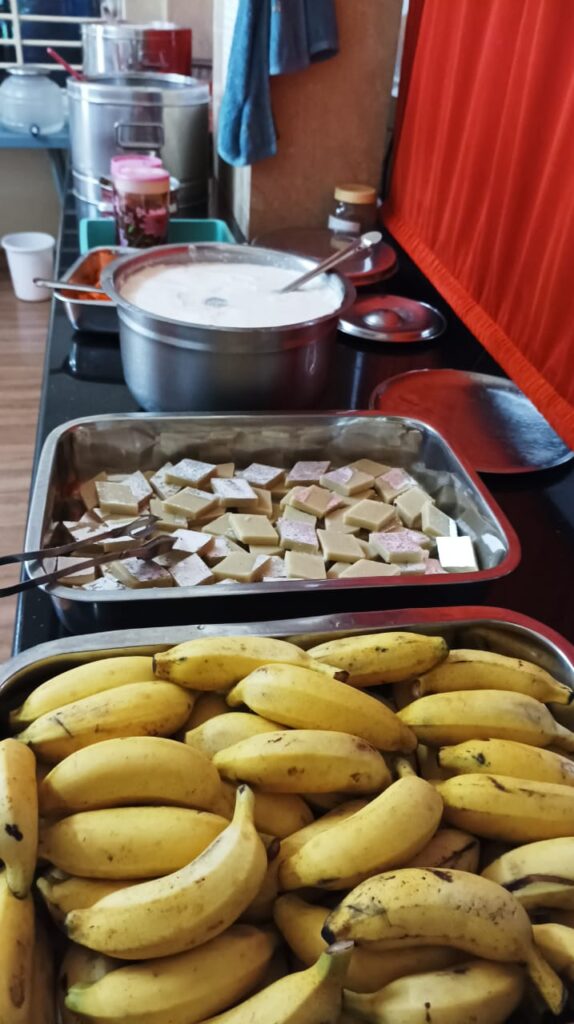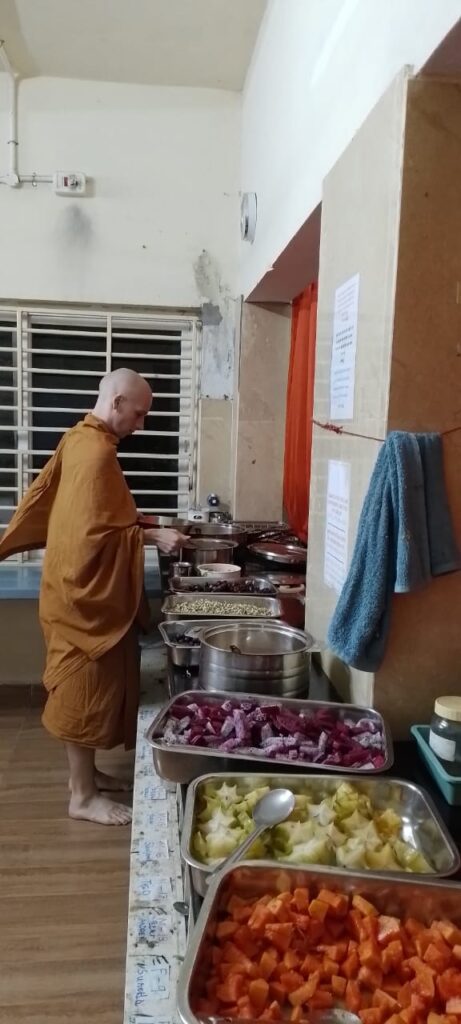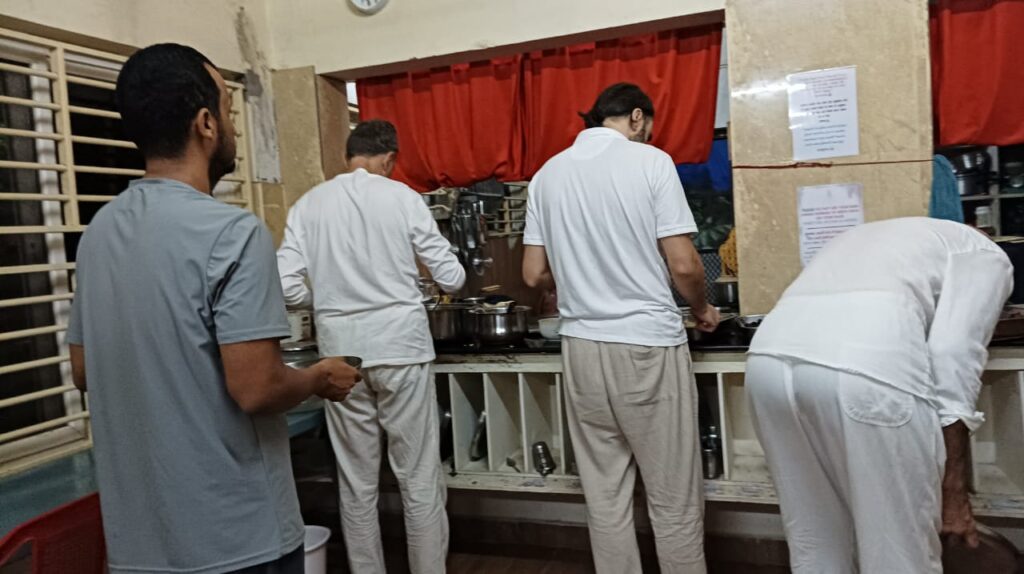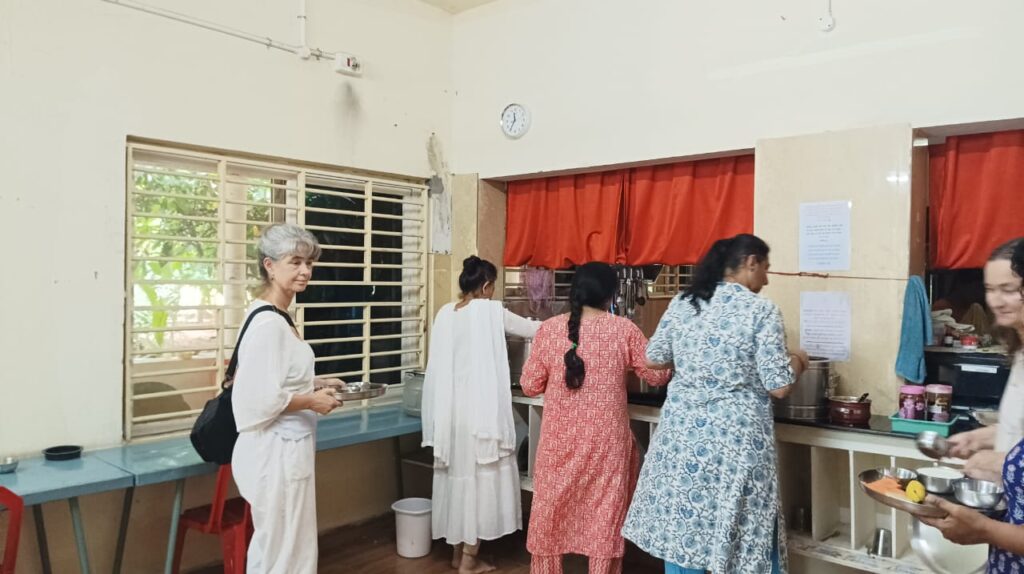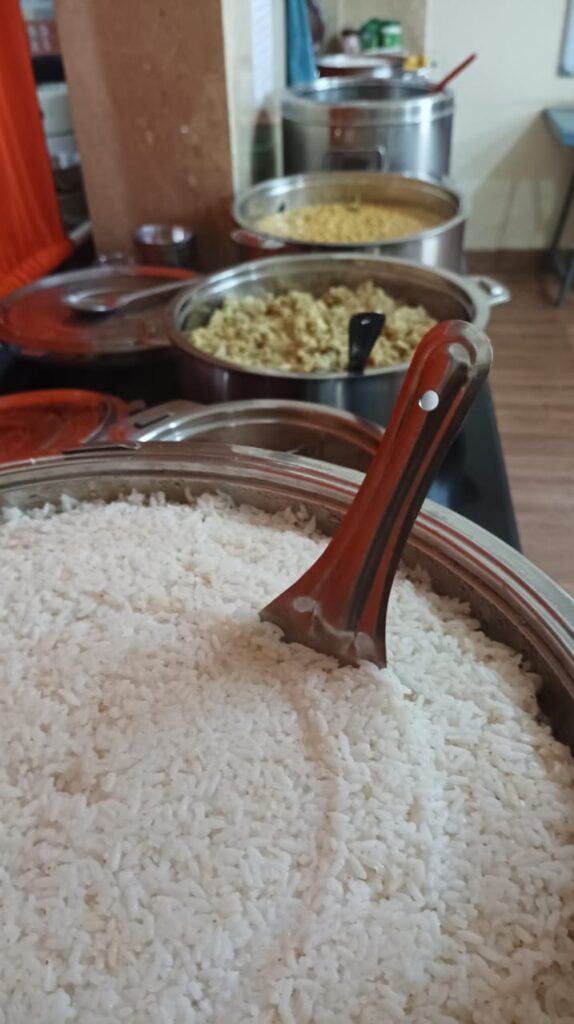About
Nestled in the serene landscapes of Chekkapalli village, Musunuru Mandal, Eluru District, Andhra Pradesh, India, it serves as a residential retreat for monastics and dedicated Dhamma practitioners.

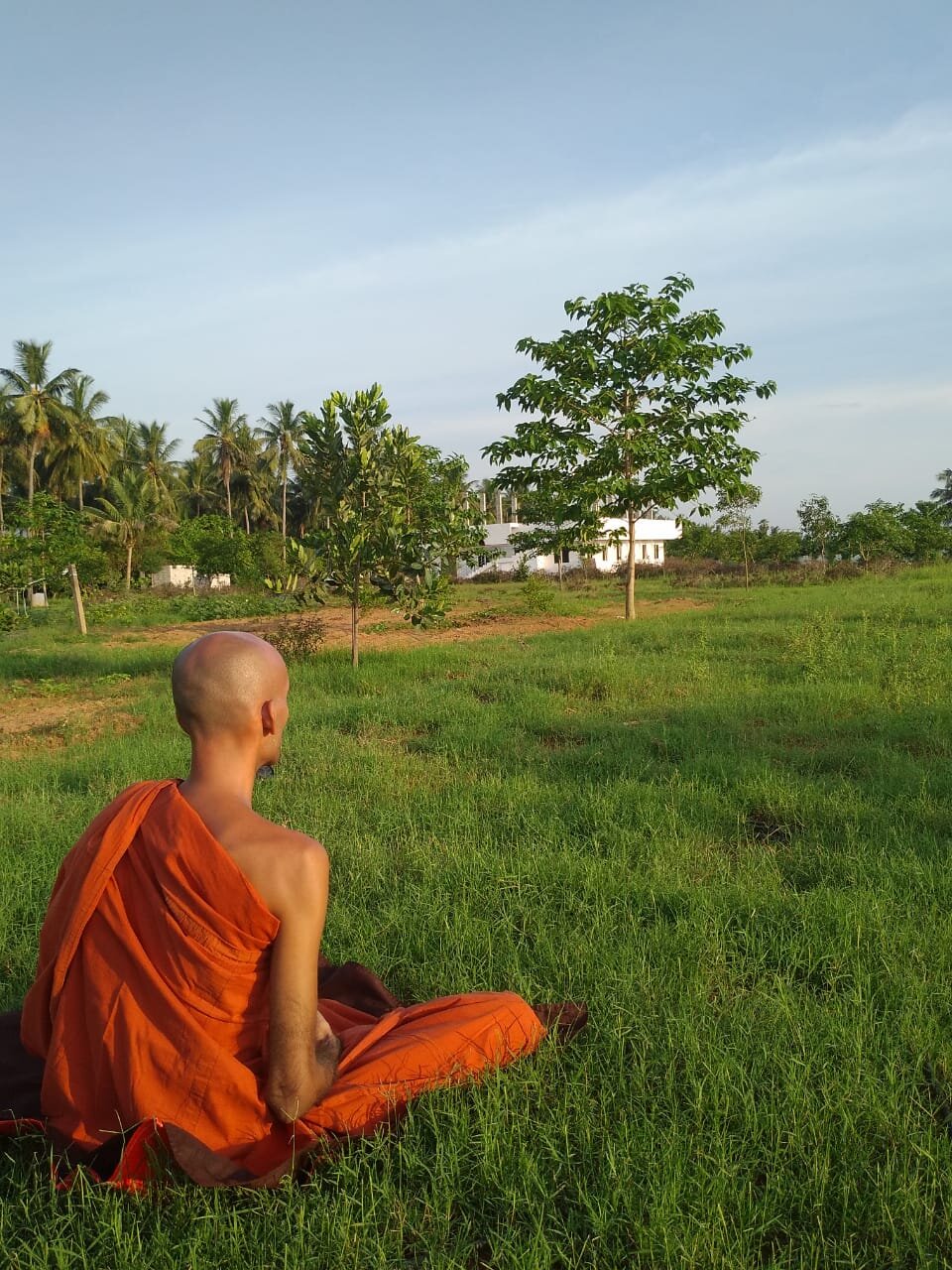

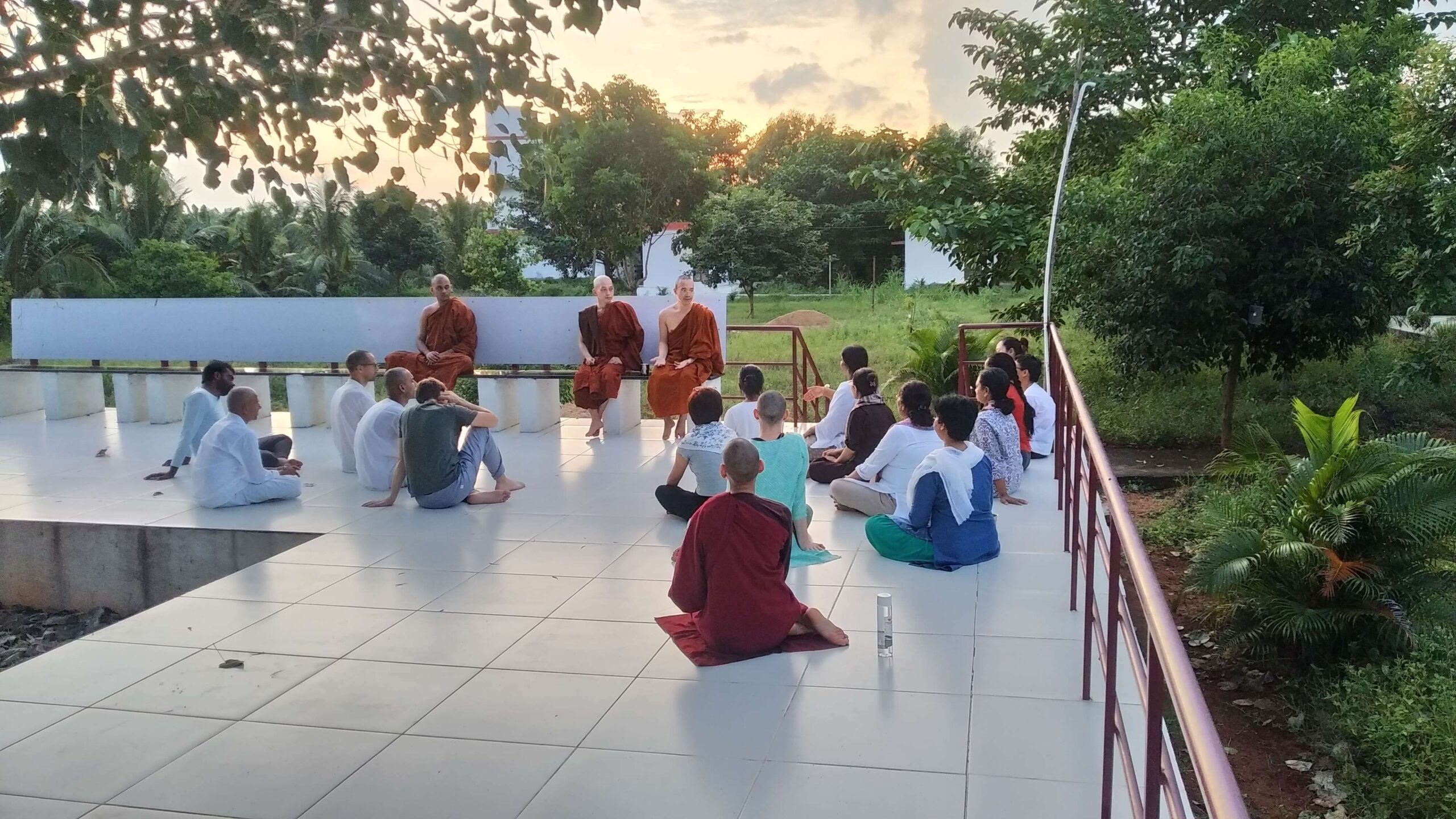
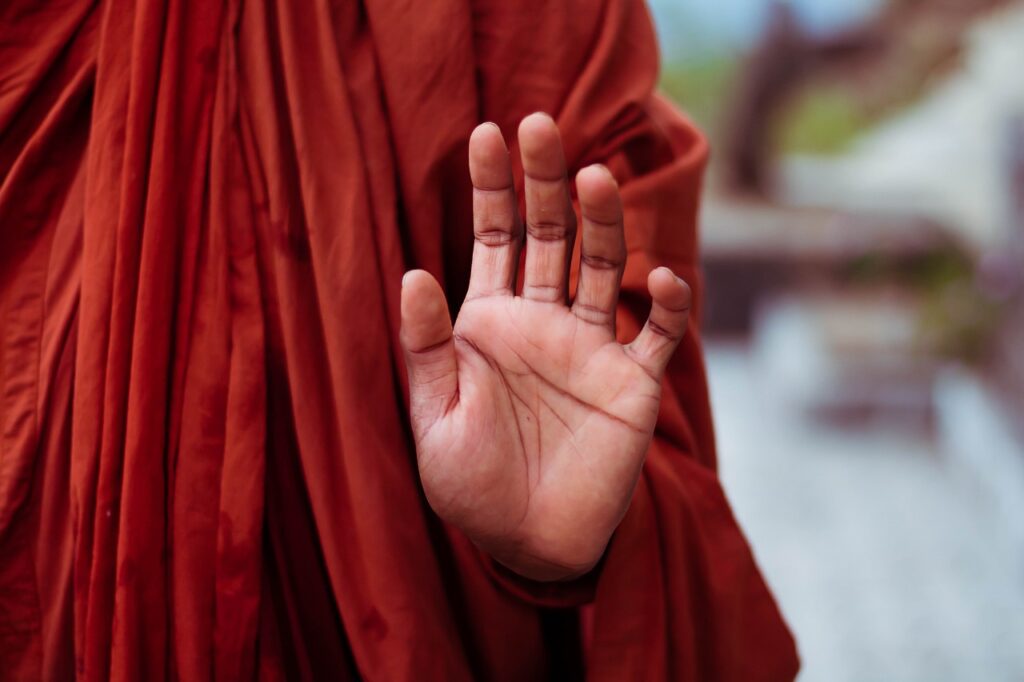
Our Vision
Sangharama envisions a world where the timeless teachings of the Buddha and the forest monastic tradition are preserved, practiced, and made accessible to all.
We are committed to establishing and nurturing a strong Sangha that upholds the Dhamma and Vinaya with integrity.

Our Mission
Our mission is to encourage, empower, and support all sentient beings in their journey toward liberation from suffering.
Through dedicated practice, compassionate guidance, and a life rooted in wisdom and virtue, we strive to create an environment where the path to true peace and awakening can flourish.
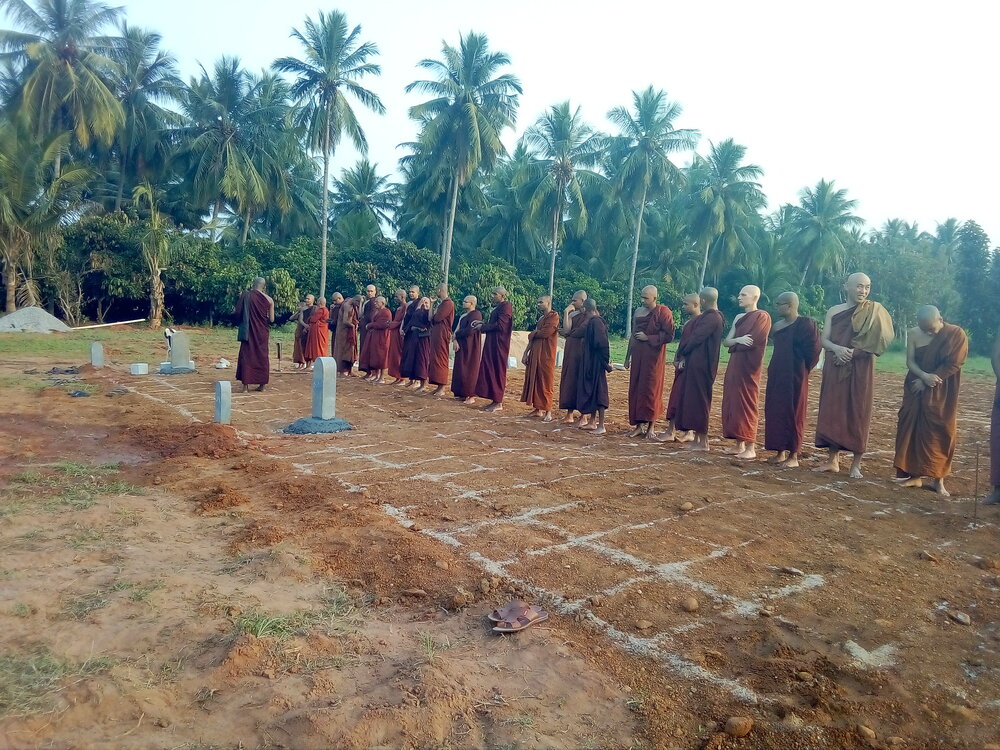
1. Revival of the Forest Monastic Tradition
We strive to restore the ancient Indian monastic way of life, emphasizing solitude, simplicity, and deep meditative practice in a natural setting. Our monastery follows the time-honored principles of the forest tradition, providing an environment conducive to spiritual growth and liberation.
2. Training in Monastic Discipline and Meditation
Sangharama serves as a training ground for those aspiring to themonastic path. We offer rigorous guidance in Vinaya (monastic discipline), mindfulness, contemplation, and advanced meditation techniques, enabling practitioners to cultivate wisdom and inner clarity.
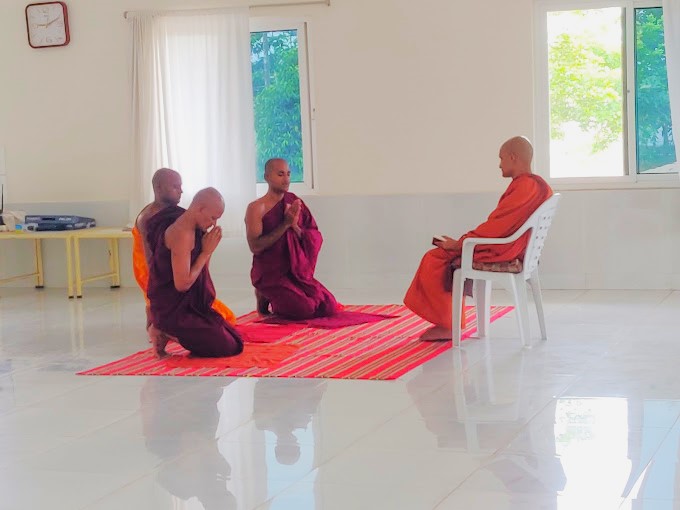
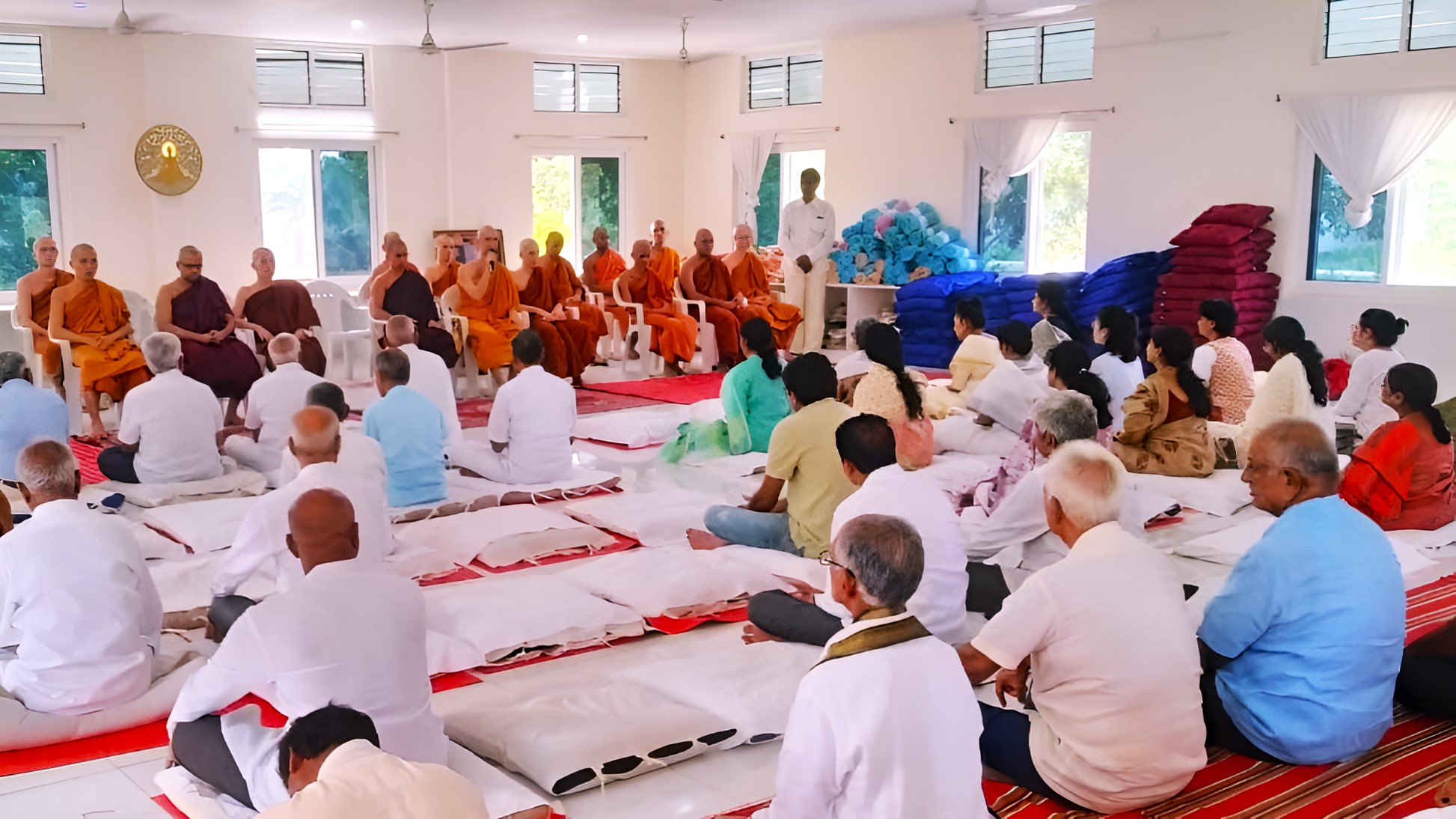
3. Creating Conditions for the Cessation of Suffering
Our mission is to promote a way of life that leads to true peace and freedom from suffering. By establishing an environment rooted in Dhamma, we help individuals develop the right conditions for deep insight and ultimate liberation.
4. Reviving and Preserving Ancient Indian Culture
The monastery actively works to rekindle interest in India’s ancient spiritual heritage, drawing from its rich traditions to correct distortions in contemporary society. We seek to preserve and share these cultural values,ensuring they remain a guiding force for future generations.
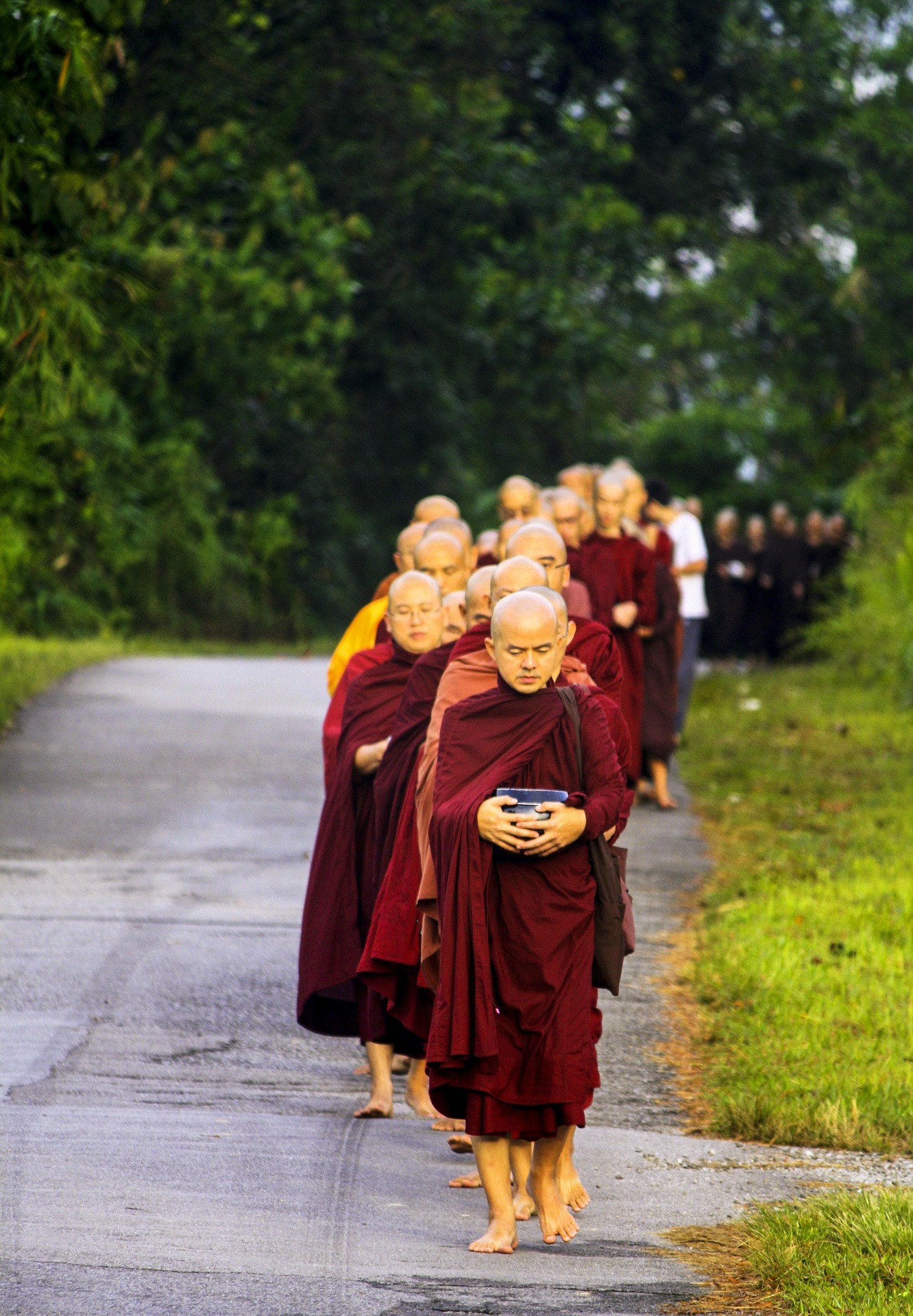

5. Propagation of Noble Values
Compassion (Karuna), Loving-Kindness (Maitri), Sympathetic Joy (Mudita),and Equanimity (Upekkha) form the foundation of our teachings. We aim to translate these timeless virtues into meaningful action through community programs, ethical living, and Dhamma-based initiatives that uplift society.
6. Promoting Vipassana Bhavana
Vipassana, the practice of insight meditation, is central to our tradition. We encourage the cultivation of deep awareness and wisdom throughstructured meditation programs, guiding practitioners toward a direct realization of truth.
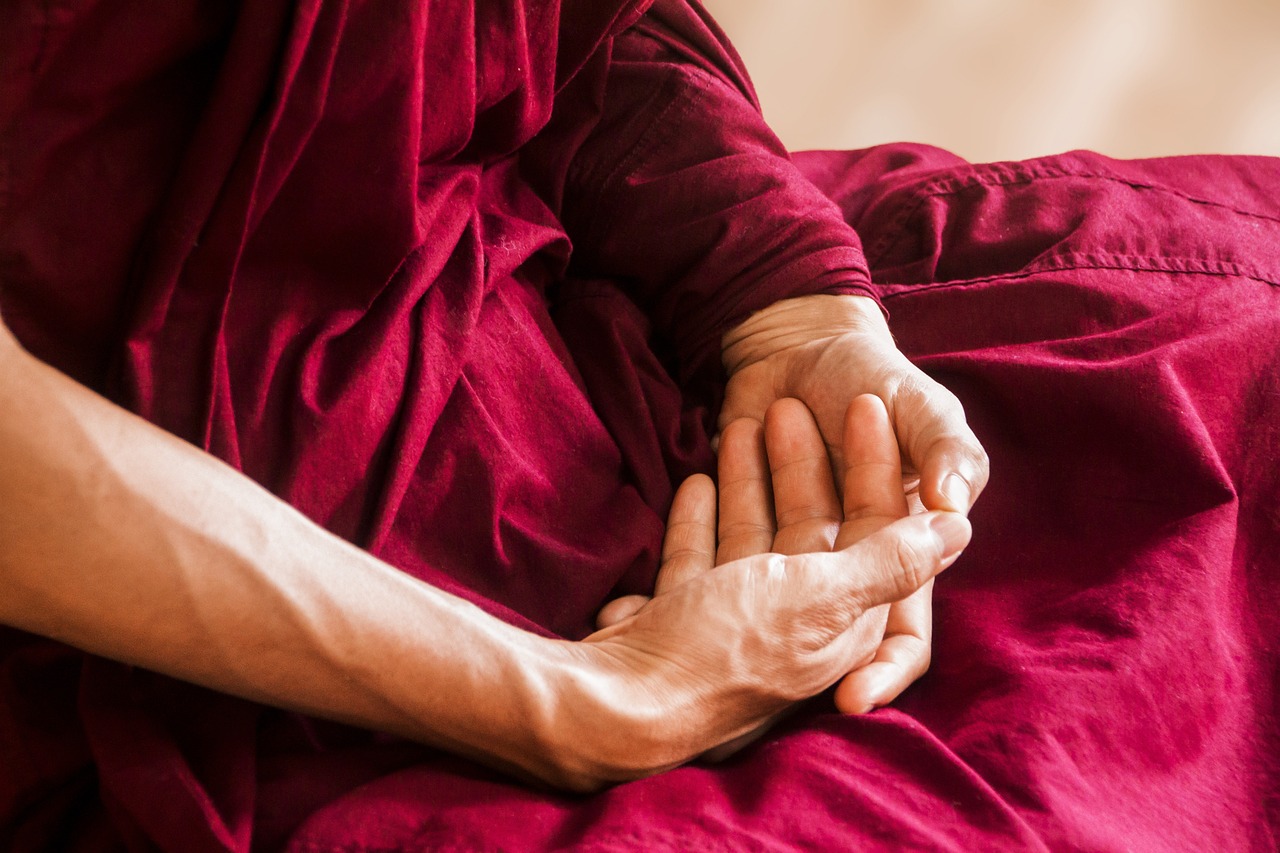
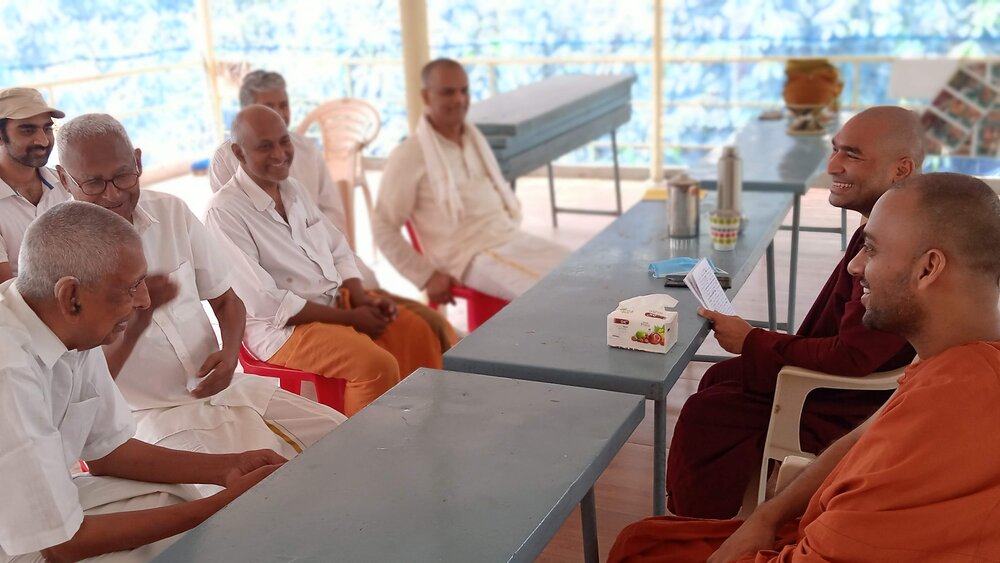
7. Preservation and Dissemination of Cultural Knowledge
The monastery is dedicated to making essential spiritual and cultural literature available in both print and digital formats. Through books, online resources, and multimedia content, we ensure that the wisdom of the past continues to enlighten the present and future.
Our Commitment
The trustees of Sangharama hold a deep reverence for India’s spiritualheritage and are committed to instilling its profound cultural and moral valuesamong people. Through our efforts, we seek to create a society rooted in wisdom,ethics, and compassion, offering a path of true peace and harmony.

23 September 2018
INAUGURATION
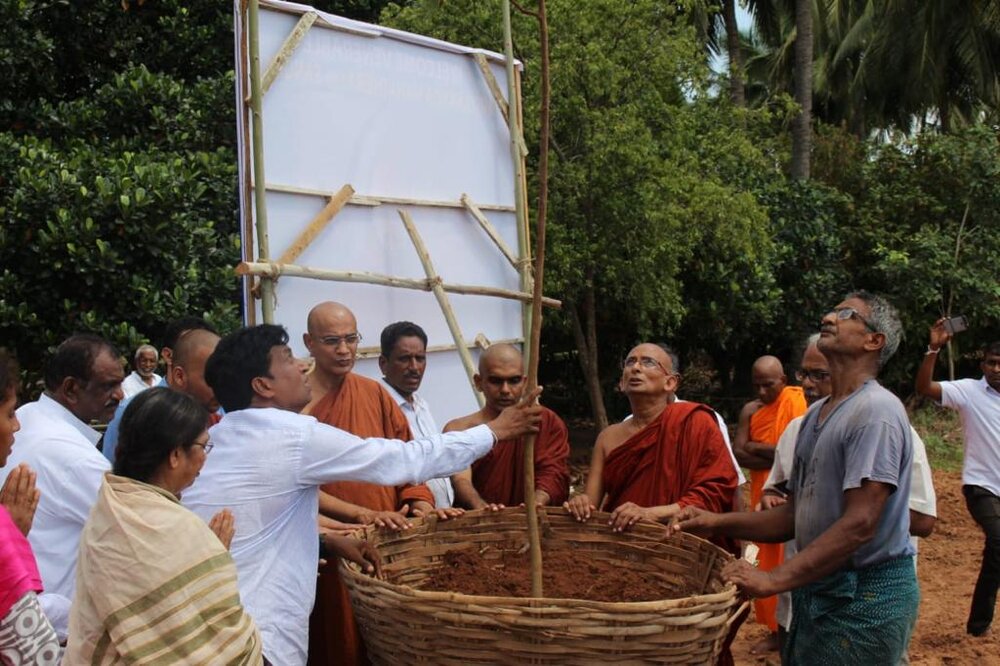
On the 23rd of September 2018, Venerable Ariyananda Mahāthera, the abbot of Nauyana Aranya, inaugurated the forest monastery in India. Five bhikkhus from Na Uyana, along with devoted lay practitioners and meditators, gathered to mark this auspicious occasion. To symbolize the planting of the seed of Awakening inIndian soil, a Bodhi tree was ceremonially planted, signifying the monastery’s commitment to the revival of the Dhamma.
13 October 2019
First Samanera Ordination Ceremony

The first ordination ceremony at Sangharama took place on the 13th of October 2019, during which three novice monks were ordained. Venerable Chandananda presided over the ceremony, accompanied by three other seniormonks, and conferred the pabbajjā precepts. The newly ordained sāmaṇeras were given the names Venerable Sumanabodhi, Venerable Padumabodhi, and Venerable Sugatabodhi.
4 February 2019
Establishment of the Sīmā

On the 4th of February, a full moon uposatha day, a historic event unfolded at the new monastery in Chekkapalli. Led by Mahāthera Pannarama, a group of 30 monks from Na Uyana Monastery, Sri Lanka, gathered to establish a Sīmā by placing marking stones. A Sīmā (monastic boundary) is an essential space where monastics assemble to undertake moral precepts and perform monastic disciplinary procedures, including ordination. Additionally, this sacred area will serve as a space for group meditation and Dhamma teachings.
With the unanimous consent of the Sangha, the Sīmā was formally designated for monastic proceedings. To inaugurate this sacred space, the Sangha gathered and chanted the Pātimokkha for the first time within the new Sīmā, making the occasion one of profound historical signicance.
As Buddhism had been lost to India for over 1,500 years, the sight of a large assembly of monks diligently upholding the monastic precepts was a moment of deep inspiration and hope, both for the Sangha and the upāsakas.
Heart Dhamma
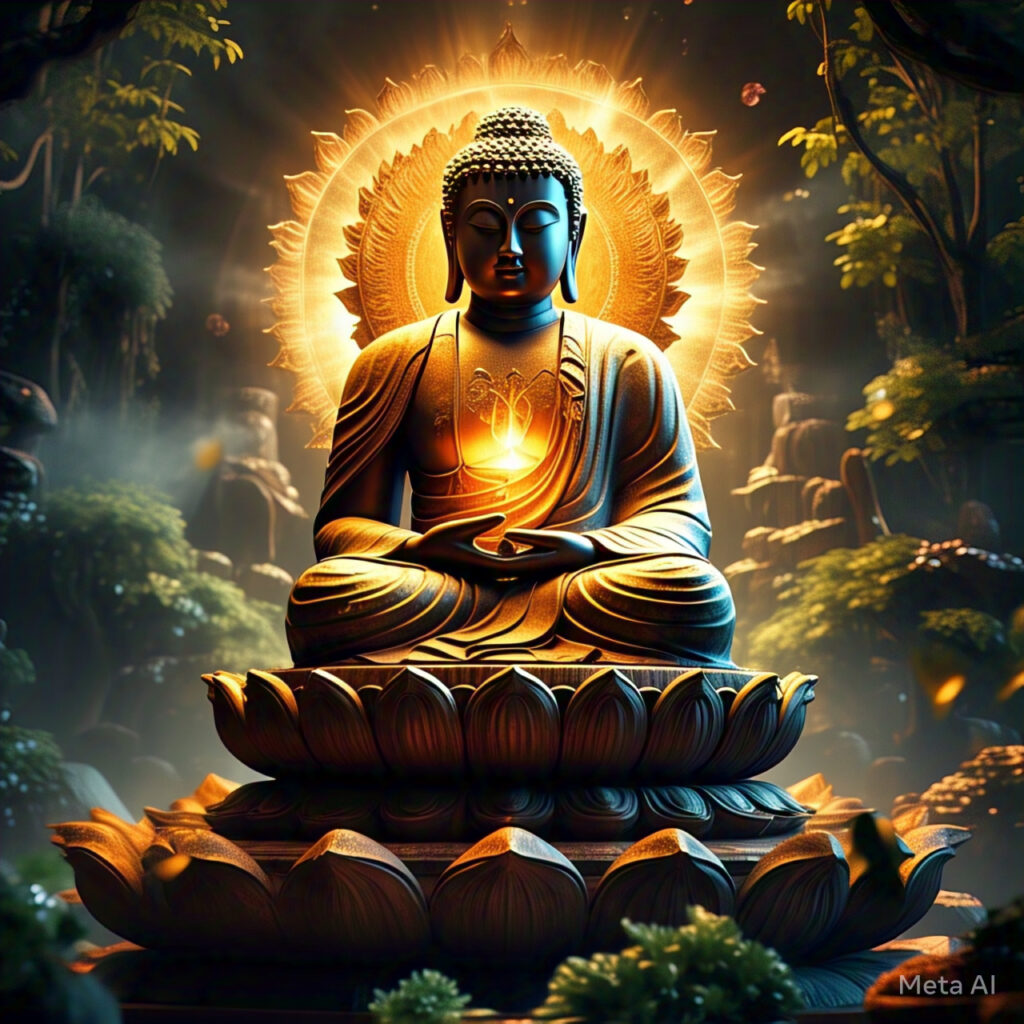
The purification of citta is essential for the development of wisdom (paññā) and the cessation of suffering (dukkha). The Buddha consistently emphasized that mere intellectual understanding of Dhamma, without cultivation of the Heart, cannot lead to liberation. It is through careful attention to the qualitues of Heart that one discerns wholesome from unwholesome states.
This teaching methodology focuses on citta bhāvanā (development of the Heart) through the established practices: sīla (ethical conduct), samādhi (concentration), and paññā (wisdom). The emphasis on Heart cultivation directly addresses the primary obstacles faced by contemporary practitioners abiding in age of mulitudes of distractions – the proliferation of conceptual knowledge without corresponding development of direct understanding.
The framework remains firmly grounded in the four noble truths and the noble eightfold path. However, its culivation is rooted and grounded in the brahmavihāras – loving-kindness, compassion, appreciative joy, and equanimity. These divine abodes serve as both the foundation and expression of a purified citta.
In alignment with the Buddha’s teaching methodology, this approach recognizes that transformation occurs through direct experience rather than conceptual accumulation. The mind is indeed the forerunner of all states. Therefore, careful attention is given through reflective practices to aid in introspection and recognise the inner workings of mind proprelled by habits and tendencies and how it differs from intentions of a purified Heart.
This teaching framework maintains systematic rigor while addressing the particular impediments faced by contemporary practitioners – specifically the tendency toward intellectual proliferation at the expense of direct understanding. It upholds the emphasis on direct investigation (dhammavicaya) while providing practical methods for developing the qualities of heart-mind necessary for genuine insight.
For both new practitioners and those well-versed in the Buddha’s teachings, this approach offers a way to engage with Dhamma that maintains the depth and authenticity of the original teachings while directly addressing the obstacles prevalent in contemporary spiritual practice. It recognizes that the purification of citta is essential for the realization of Nibbāna.
This is not a modernization or reinterpretation of the Buddha’s teachings, but rather a careful emphasis on those aspects of the original teachings that specifically address the purification and development of citta – an emphasis particularly relevant for practitioners navigating the complexities of contemporary life while aspiring to realize the final goal of the holy life.
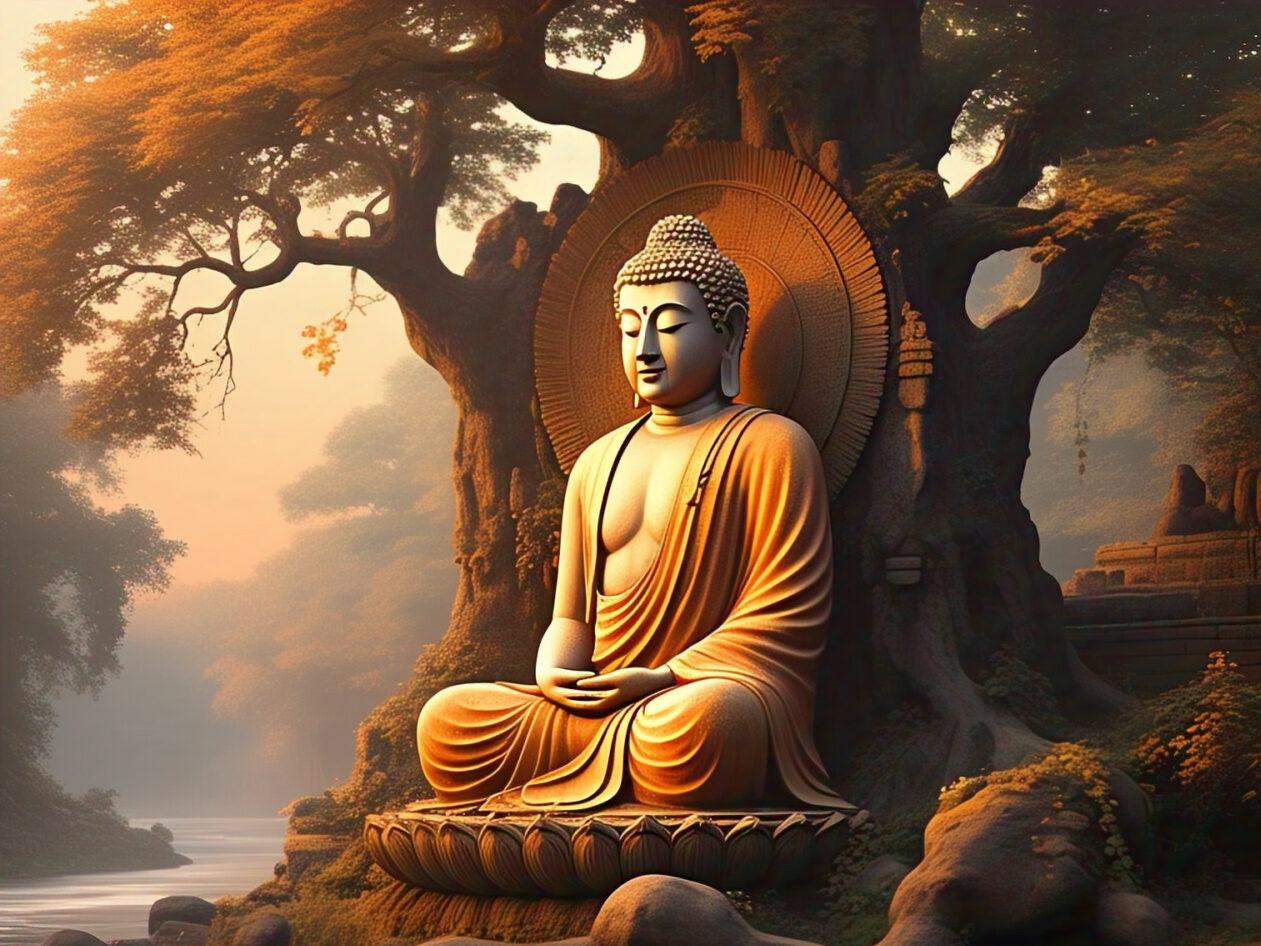
The Buddha : Our Supreme Teacher
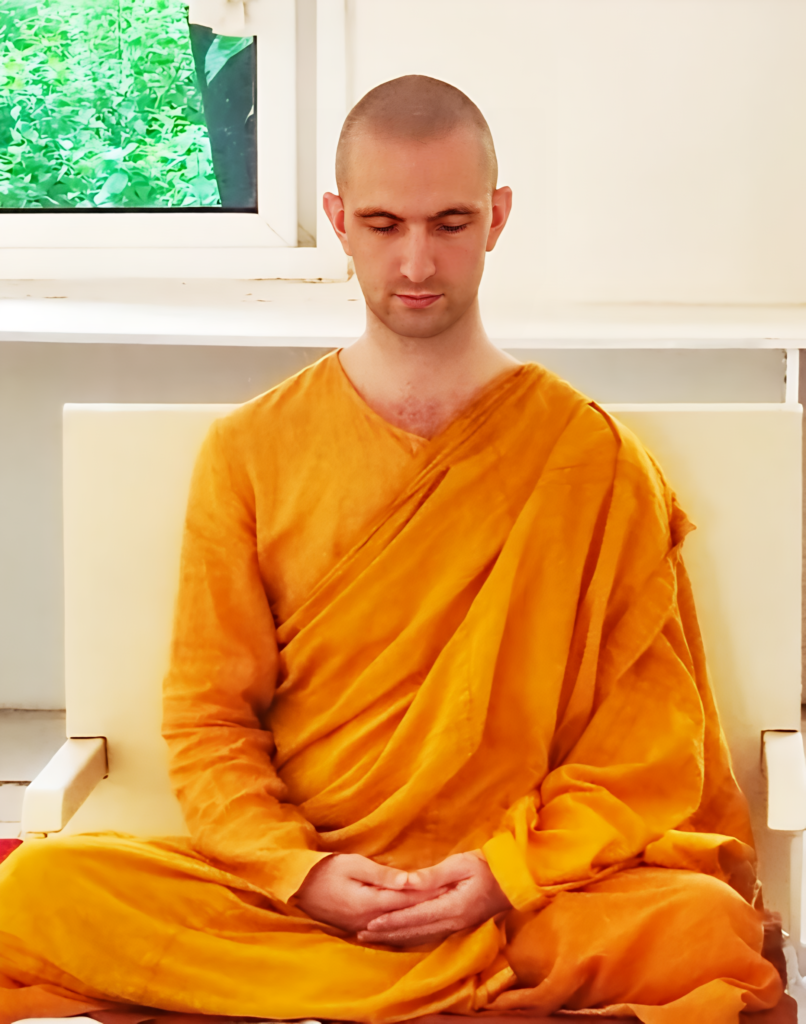
Venerable Bodhidharo
Principle Teacher
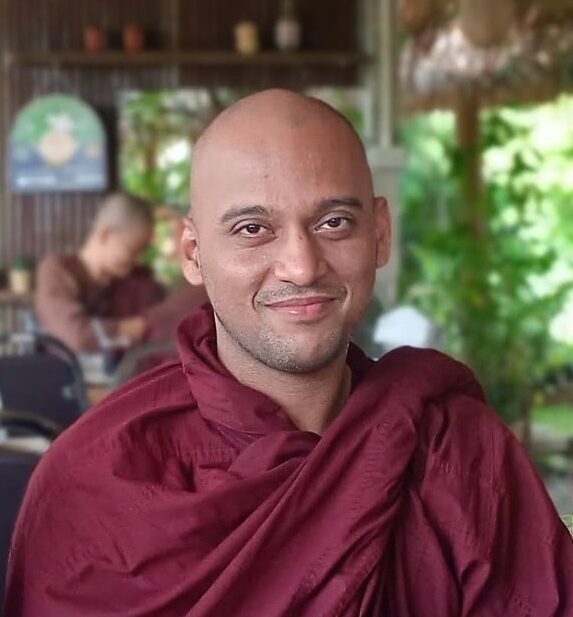
Venerable Vipassi
Teacher
General Information
Environment – A Quiet Sanctuary for Practice
Sangharama is located 2 km from the nearest village, offering a peacefuland undisturbed environment for spiritual cultivation. The monastery is surrounded by farmland and wilderness, where residents can take mindful walks during break periods.
The weather is generally hot and mildly humid, with midday temperatures reaching around 30°C. Mornings and nights are signicantly cooler, providing a refreshing contrast to the day’s warmth.
Accommodations – Simple and Comfortable
Residents are provided with single or double rooms free of charge, furnished with:
- A low-standing bed
- Shelves for clothing
- A private restroom with a toilet and shower
- Electrical outlets and a ceiling fan
Accommodations are separate for men and women.
- Laywomen and nuns reside together in Metta Vihar.
- Samaneras (novice monks) have a separate building.
- Fully ordained monks have their own kutis, each with an open upper level for walking meditation.
Food – Nourishing and Vegetarian
All meals at the monastery are provided free of charge and are entirelyvegetarian.
- Breakfast includes a main dish with fresh fruits.
- Lunch consists of rice and a variety of curries.
Following monastic discipline, solid food is not consumed after midday, but juice and malt beverages are available in the evening.
Clothing – Dress Modestly and Comfortably
Residents are encouraged to wear modest and comfortable clothing. White clothing is recommended, and a sweater may be useful for winter mornings and nights.
Please avoid:
- Shorts and short skirts
- T-shirts with graphic designs
- Tight, revealing, or crude clothing
A Place for Spiritual Growth
Sangharama offers a quiet and supportive environment for those seeking deep meditation and spiritual progress. Free from distractions, residents can focus on their inner journey in an atmosphere of simplicity and mindfulness.
Time Table
Wake Up |
3:30 am |
Group Meditation |
4 am – 5:30 am |
Breakfast |
6:00 am |
Meditation |
8 am – 9:30 am |
Interview |
9:30 am – 10:30 am |
Lunch |
10:50 am |
Meditation / Study |
1 pm – 3:30 am |
Juice Time |
5 pm |
Meditation |
7 pm – 9:30 pm |
Lights Out |
10 pm |
1. Prior Permission:
Visitors planning to stay at the monastery for any duration must inform themanagement in advance and obtain permission before their arrival.
2. Observance of Precepts:
During their stay, visitors are expected to strictly observe the Five MoralPrecepts:
- Abstaining from killing any living beings
- Abstaining from taking what is not given
- Abstaining from sexual misconduct
- Abstaining from inappropriate speech
- Abstaining from intoxicants
3. Additional Observances for Well-being:
To support mental clarity and discipline, visitors must also refrain from:
- Entertainment (e.g., music, movies, and recreational activities)
- Using makeup, jewelry, and ornaments
- Eating after midday
4. Duration of Stay:
- General visitors may stay for a maximum of 10 days.
- Ordination aspirants may stay for 30 days.
- Extensions may be considered based on accommodation availabilityand prior approval.
5. Essential Items to Bring:
Visitors must bring personal necessities, including:
- Soap & detergent
- Two pairs of bed sheets and pillow covers
- Mosquito repellent spray
- Toothpaste & toothbrush
- Umbrella
- Torch
- Towel
- Any other personal requisites
6. Medical Needs:
Those on prescription medications or requiring insulin shots must bring a sufcient supply for the entire duration of their stay.
7. Identity Documents:
Visitors must carry one passport-size photo and a photocopy of their Aadhar card or passport.
8. Dress Code:
- Modest attire is required within the monastic premises.
- White clothing is most appropriate and recommended for visitors.
9. Purpose of the Monastery:
While the monastery welcomes lay practitioners, its primary purpose is Monastic Education. Visitors are encouraged to cultivate a deeper understanding of mental development through the Noble Eightfold Path.

Venerable Vipassi
Abbott
Sangharama
Mr. J Satyanarayana Raju
Chairman
Sangharama
